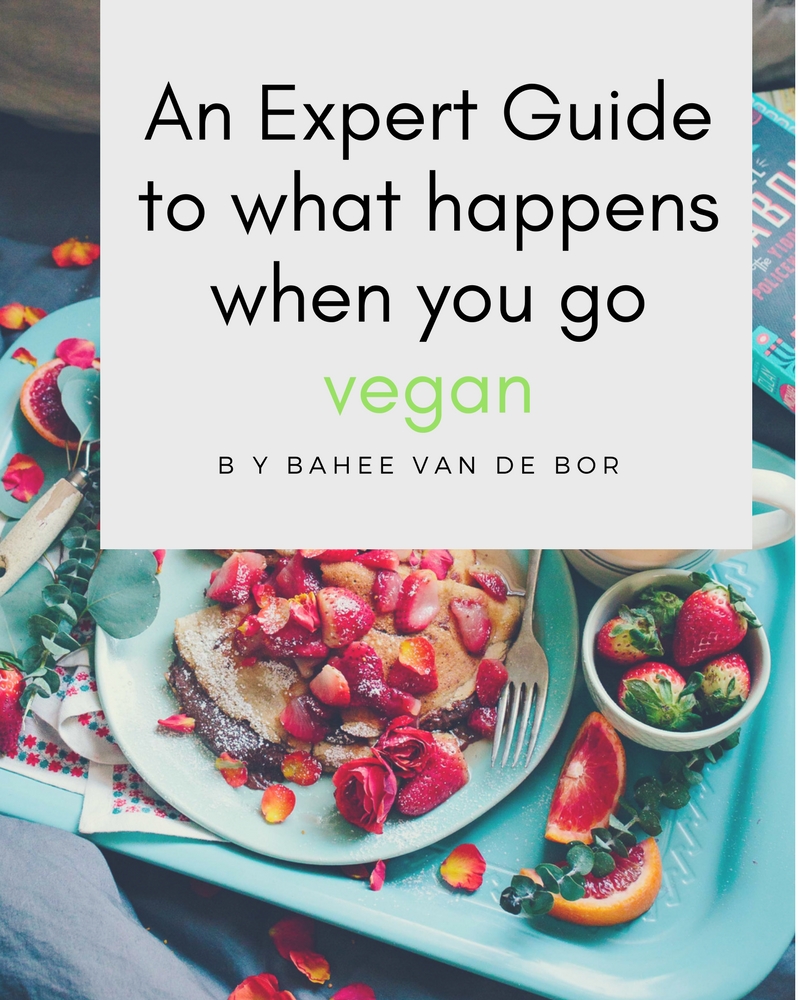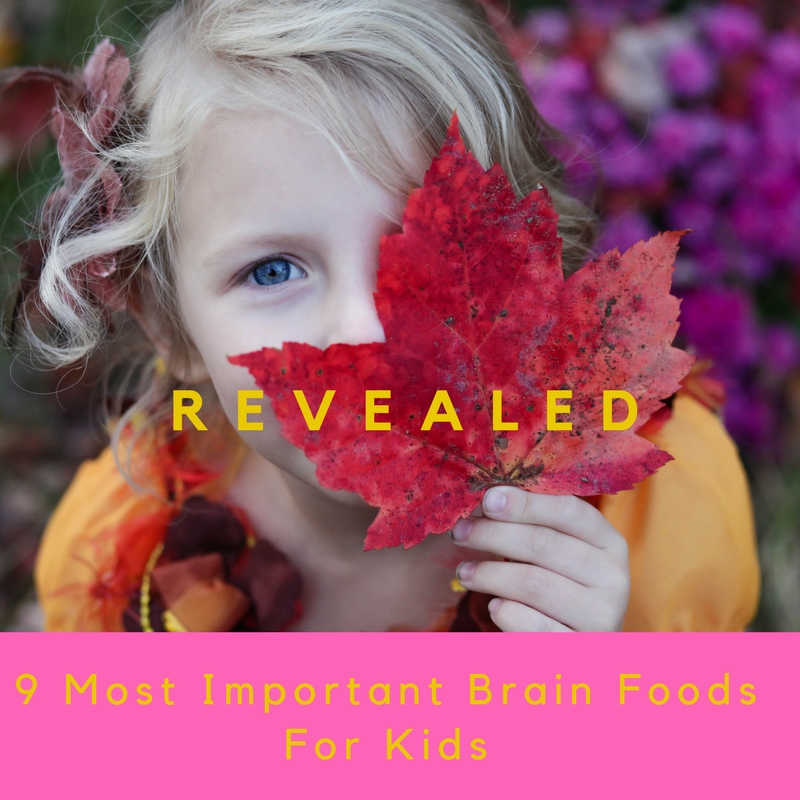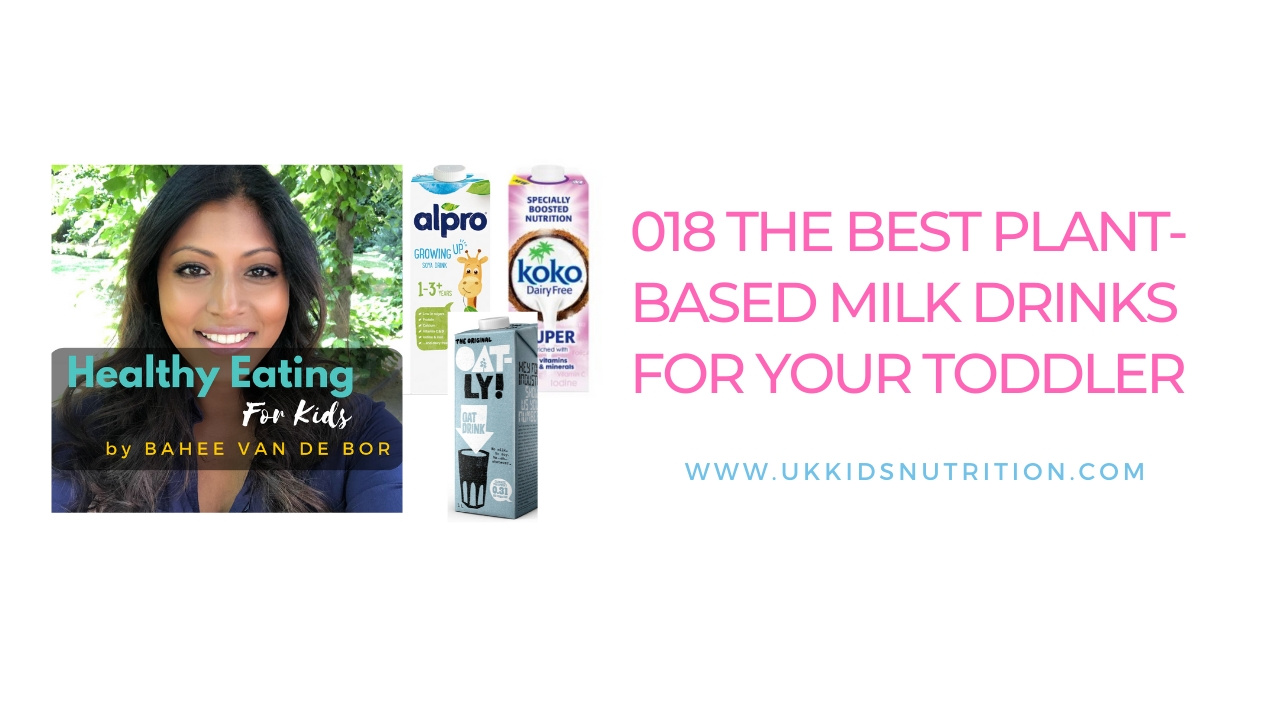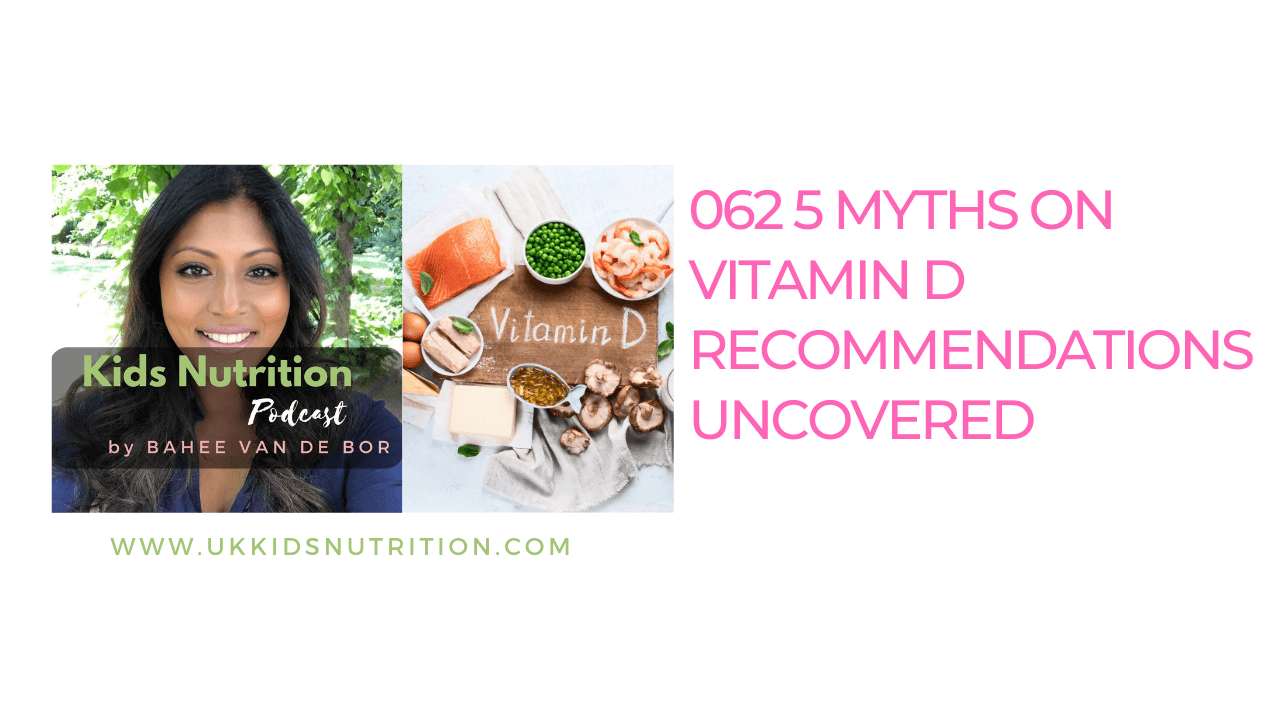Grass eating vegans? Of course not. Here’s an expert guide on vegan diets.
Vegan diets are all about saying yes to the right plant proteins than just saying no to meat, eggs and dairy.
Veganism may call out your name but before jumping in, weigh up the risks and benefits.
For an expert guide on what is a vegan diet, skip ahead to my latest comments in the Independent on what happens to your body when you go vegan.
For behind the scenes tips and advice on planning your vegan diet for your family, keep reading this expert guide to what happens when you go vegan.
What’s there to plan?
The true art of veganism is to cleverly position fruit, vegetables, whole grains, beans, legumes, pulses, nuts and seeds into the diet so that the balance of nutrients is plentiful rather than be lacking.
Strategically plan the changeover from an omnivorous to a vegan, plant-based diet.
This is imperative or crucial minerals such as calcium and iron will be compromised if not substituted appropriately.
Vegan diets should be rich in fibre, vitamins, minerals and antioxidants.
The exceptions are iodine and vitamin B12.
Both require topping up with the use of fortified foods and a relevant vitamin and mineral supplement.
What about children?
When a switch is first made to vegan food, children’s little bellies get full quickly with the fibre rich meals.
For kids, consider the use of nut butter, baked foods with ground nuts or dried fruit such as figs. Hummus is a perfect dip or can be spread over toast and crackers in between meals for much-needed calories.
These foods are high in fat, iron and calcium and will top up hungry tums.
Don’t be afraid to mix up white and brown loaves in the house.
Take it easy at first and gradually introduce beans, chickpeas and pulses so that children adjust to the additional fibre.
If you are still not sure that a plant-based diet is right for your kids, then see Is A Vegan Diet Safe For Children?
If you are short on time, skip across to my expert opinion in the Independent ‘Benefits and Risks of Raising A Vegan Child, According To Experts’.
What are the benefits?
Benefits that plant-based diets offer include protection from obesity, type-2 diabetes, hypertension and cardiovascular mortality.
What happens at a biochemical level?
Animal model studies suggest that plant proteins, particularly soy may reduce the risk of diabetes and cardiovascular disease via improved cholesterol and blood pressure profiles.
The exact mechanisms are complex and human trials are required to verify some of the proposed mechanisms such as optimised insulin secretion and enhanced metabolism of fats.
Nevertheless, a growing body of clinical research boasts health benefits from plant-based diets.
What’s exciting is that at an individual level, the improved intake of vitamins, minerals and antioxidants may amplify mood and general well-being.
But it’s not as straightforward as just cutting out dairy, eggs and meat.
So what’s missing when you go vegan?
Essential Fats
By depriving yourself of fish, you could also be losing your main source of eicosapentaenoic acid (EPA) and docosahexaenoic acid (DHA).
Did you know that these essential fats protect your heart from coronary heart disease?
Omega-3 fats have also been linked with benefits in epilepsy, allergy sensitivity in young children, pneumonia, chronic pulmonary disorders, prostate cancer and more.
Want to age well? Then eat your fish to reduce your risk of dementia. Some studies report improvement in mild Alzheimer’s but not all.
With these implications in mind, should you be worried?
A study in the Journal of Nutrition claimed that restricting meat, poultry and fish improved mood in 39 subjects after 2 weeks. At least you won’t feel bad about giving up fish, but for how long?
Fear not; supplementing your diet with nuts, in particular walnuts may push you forward to the heart healthy group. They have a unique profile of polyunsaturated fatty acids and may improve your cholesterol profile and so your cardiovascular risk.
A spoonful of walnut oil added to salads may be all that is necessary to get your ratio of ‘good’ fats just right.
Other great sources of fat to include are:
- Olive oil
- Rapeseed oils
- Seeds such as flax/linseeds, hemp seeds, chia
- Soybeans
Just remember to grind flax seeds or your body cannot process it.
Oils such as hemp, rapeseed and flaxseed oil also provide essential omega 3 fats and are preferable to corn/sunflower oils.
Calcium
To avoid a fractured bone after a fall, pay careful attention to your calcium intake. Cutting out dairy can reduce your intake of calcium, but milk is not the only source.
Did you know that tofu, calcium-fortified soy, rice, pea and nut milk can be an excellent source of calcium?
Soy milk can contain up to 120mg of added calcium per 100ml. It pays to read nutrition labels to verify actual calcium content.
Plant sources of calcium that are absorbed well include:
- Green leafy vegetables such as kale, spring greens and broccoli.
- Okra
- Dried fruit e.g. dried figs
- Nuts & seeds such as chia, almonds, black beans, soybeans, vegetarian baked beans
- Blackstrap molasses
Don’t forget hummus on pitta bread is another clever way of sneaking in some extra calcium.
Greens such as spinach, rhubarb and swiss chard are rich in calcium but also high in oxalates, a compound found in some leafy vegetables that can inhibit calcium absorption.
What’s great about plant food-based foods is that sources rich in calcium are also rich in vitamin K, potassium and vitamin C. These vitamins and minerals combined also support strong bones and a healthy nervous system and muscles.
The bottom-line, choose a variety of grains, fruit and vegetables at meals to reap these benefits and remember to shake the carton of plant milk as the calcium tends to settle at the bottom.
And of course, to help your body absorb calcium, catch as much of the natural sun as you can to benefit from vitamin D. Do take a daily vitamin D supplement over winter.
Iron
The obvious question: iron. Yes, you may be prone to developing iron deficiency anaemia on a vegan diet. Iron deficiency is a common problem that is not isolated to vegan diets.
Meat is also not the only source of iron. Iron is found in a wide variety of plant foods.
It’s true that non-haem iron in plant sources are not as easily absorbed as haem iron in meat.
When body stores of iron are low, your body naturally absorbs more from food. As iron stores replete, absorption rates decline.
Your body therefore naturally copes by absorbing the required iron from foods eaten.
Top tip: it’s still a good idea to pair your meal with vitamin C rich fruit and vegetables. Alternatively, a glass of fruit juice and you’ll be well on your way to pumping some iron.
For kids, always dilute fruit juice. Berries and melon can also be a delicious vitamin C rich dessert option.
Finally, include at least one serving of iron-rich food with every meal.
Check out this downloadable infographic on five perfect iron rich plant sources and speak to a registered dietitian for individualised advice if you are concerned.
Plant sources of iron include:
- Beans such as soybeans, chickpeas
- lentils
- spinach
- quinoa
- tofu
- iron-fortified breakfast cereals
- some nuts and sesame seeds.
Vitamin B12
By excluding all animal products, you will need to supplement your diet with either a vitamin preparation or fortified foods such as fortified breakfast cereals, fortified soy milk and nutritional yeast.
For children choose a breakfast cereal that provides added iron. For tips on screening nutrition labels for added sugar, check out this cool guide on how to screen breakfast cereals.
Zinc
Proof your diet free from phytates, which when eaten in large amounts can reduce your body’s ability to absorb zinc effectively.
Zinc is important as it helps your body utilise carbs, protein and fats, as well as strengthen your immune function and wound healing.
Watch out for unrefined grains and cereals which will increase your intake of phytic acid.
But the good news is that soaking beans and cooking help reduce the amount of phytic acid in the final meal. Speak to a dietitian who can assess your diet on an individual basis and advice accordingly.
Food rich in zinc include:
- Fermented soy e.g. tempeh and miso
- Beans
- Wholegrains
- Nuts & seeds
- Some fortified breakfast cereals.
The bottom line
The final word on vegan diets is that when planned carefully, you may be rewarded with lower risks of cancer, heart disease and other chronic diseases.
This may be as a result of lower BMI, blood pressure, cholesterol and glucose profiles.
Just be smart and plan, plan, plan your vegan diet & always seek professional advice from a registered dietitian if in doubt.
Here’s a list of vegan brands you may enjoy following Vegan brands in the Metro
WHAT TO DO NEXT
If you enjoyed today’s post, please share it using the social media buttons at the top and bottom of this page.
For individualised consultations on expert nutrition advice for your child contact me here
You can also join me here on Facebook and Instagram for more nutrition chit chat.




10 thoughts on “An Expert Guide To What Happens When You Go Vegan”
Such a great article. There are lots of things to consider when going vegan and you cover them all. A plant-based diet can be super healthy and your body won’t miss out on anything, if you are just armed with a little knowledge!
Thanks Kate, couldn’t agree more.
This is great. I just switched to a vegan diet and my family was worried. Thankfully though I did the reasearch before and they know I take care of myself. There’s lots of negativity around veganism but as you’re staying a well planned diet can be beneficiary.
Well put.
Thanks so much for sharing. I hope this article reassures you that a well planned vegan diet can be a nutritious choice. All the best. Bahee
Thank you Brianda, I am glad that you found the article helpful.
Fantastic article! I am seriously considering going vegan…thanks so much for sharing some great tips
Thanks so much for those kind words Lucy
Very comprehensive article, lots to think about. It would be good to see a meal plan to see how it all fitted together practically! (Idea for your next blog post ).
Thanks Louise, now that’s a challenge indeed!
Thanks for visiting ukkidsnutrition